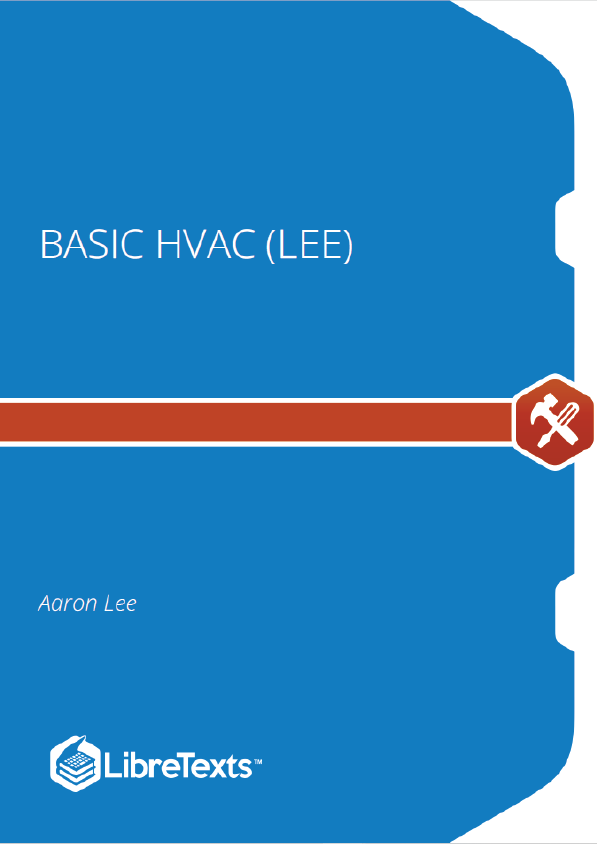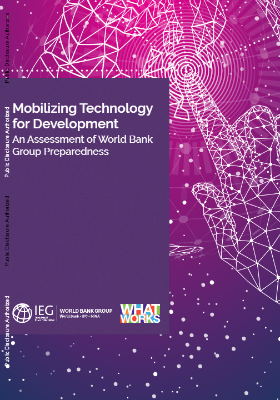This readily accessible online introductory resource was developed for anyone who has interest in, or works with, HVAC controls and equipment. Designed for electrical and HVAC apprentices learning about the subject in school, you will find the descriptive text and original diagrams easy to navigate through, while the question bank will help students review the subject matter covered in each section.
Inrush Current
When a motor load is first started, before it has a chance to pick up speed and begin to rotate, the characteristics of the stator coil are that of a short circuit. As such the motor starts to draw very high values of current. This current creates a magnetic field that causes the motor shaft to spin, and that spinning action creates a counter-EMF (CEMF), which limits the current to its normal running value.
The initial high value of current is called inrush current and can cause severe line disturbances and nuisance tripping if fuses and circuit breakers are not sized accordingly.
Overload
The term “overload” describes a moderate and gradual rise in the value of current over a relatively long period of time. It is caused by excessive amounts of current drawn by a motor, which may be as high as six times the rated current. This is caused by too much load on a motor. Systems are protected by overload protection relays. While overloads are allowed for a short time (usually minutes), prolonged overloads will use thermal action to cause a protective device to trip. Overcurrent The term “overcurrent” (sometimes called a short circuit or a ground fault) describes a sharp and fast rise in current over a very short period of time (fractions of a second). Circuits and equipment are protected from overcurrent situations by fuses or circuit breakers.
During a short circuit the value of current is far greater than the nominal line current and can indeed be anywhere from six times to many hundreds of times greater the normal rated current value of circuit.
There are several causes of overcurrent situations. For example, when a bolted fault occurs—either a line to ground or a line to line fault. This causes a very large value of current to be drawn because of the inversely proportional relationship between the resistance of a circuit and the current that is drawn.
Another less intuitive cause of short circuits is when an induction motor starts. When a three-phase induction motor is first energized, the stator windings consist of a very low resistance path. This draws a very large inrush current which is indistinguishable from a standard short circuit, except that it quickly drops down to the rated value of current drawn by the motor. This is due to the CEMF (counter-electromotive force) developed by the rotating shaft of the motor. When the motor is spinning, a CEMF limits the current to safe values. When the motor is not spinning, a very large value of current is drawn from the source. This current is sometimes called locked-rotor current, and motor starters and overcurrent devices must be rated to safely handle and interrupt this value of current.











